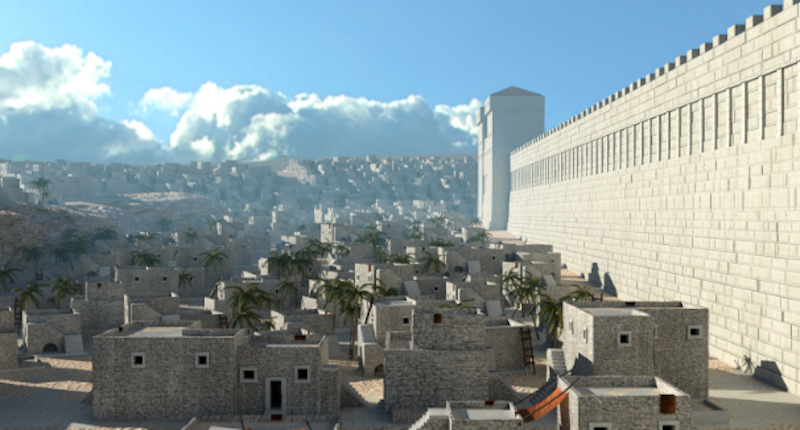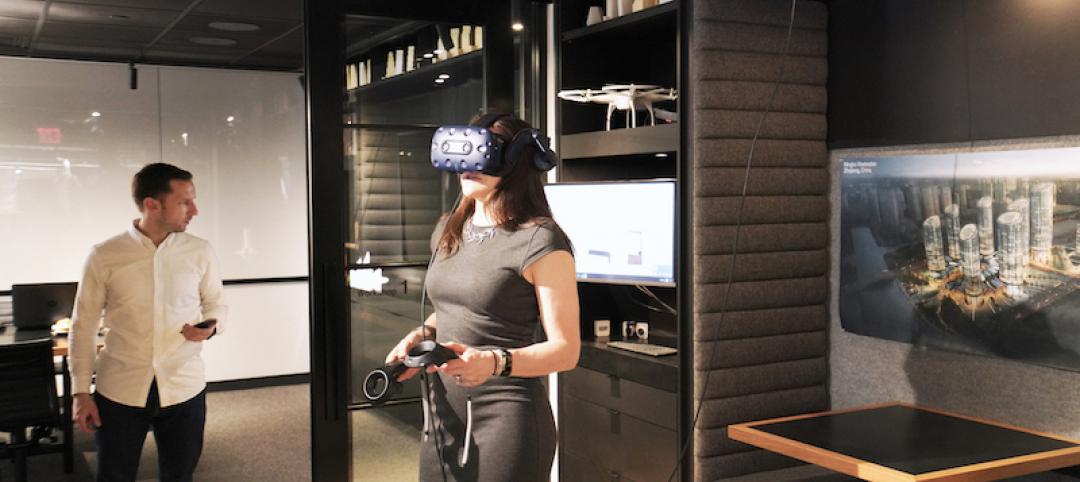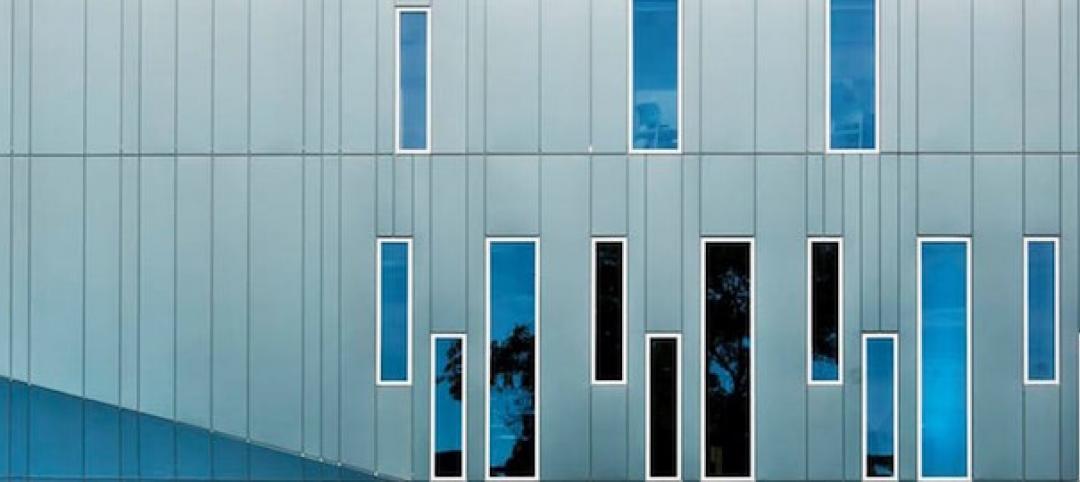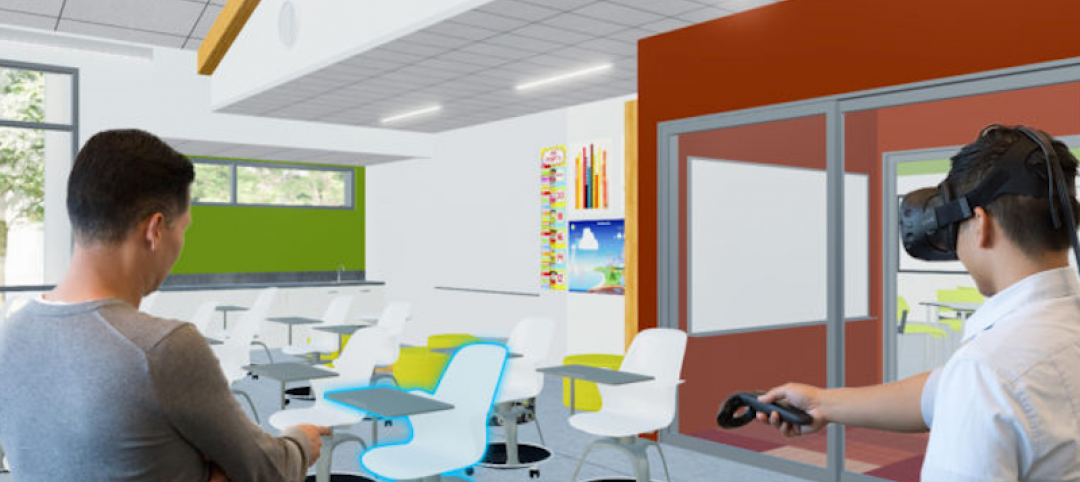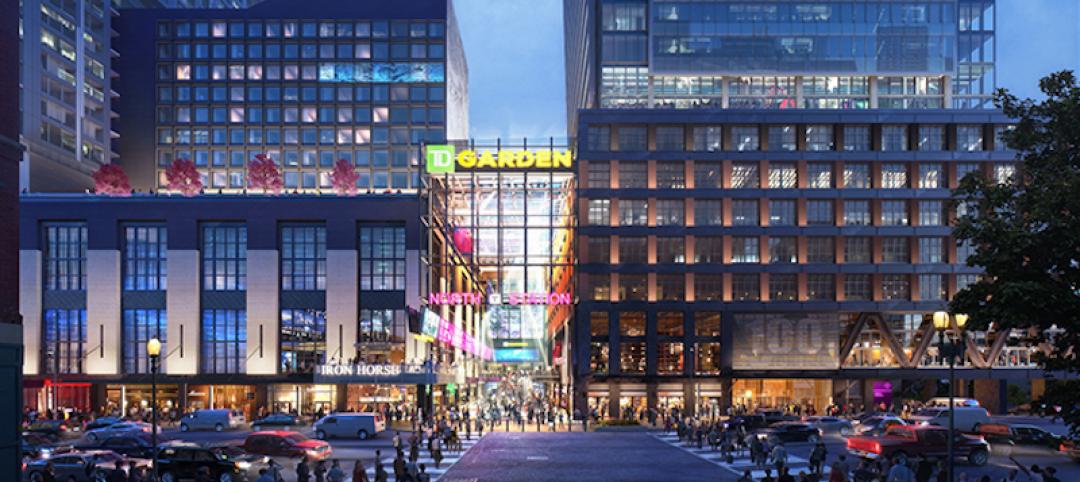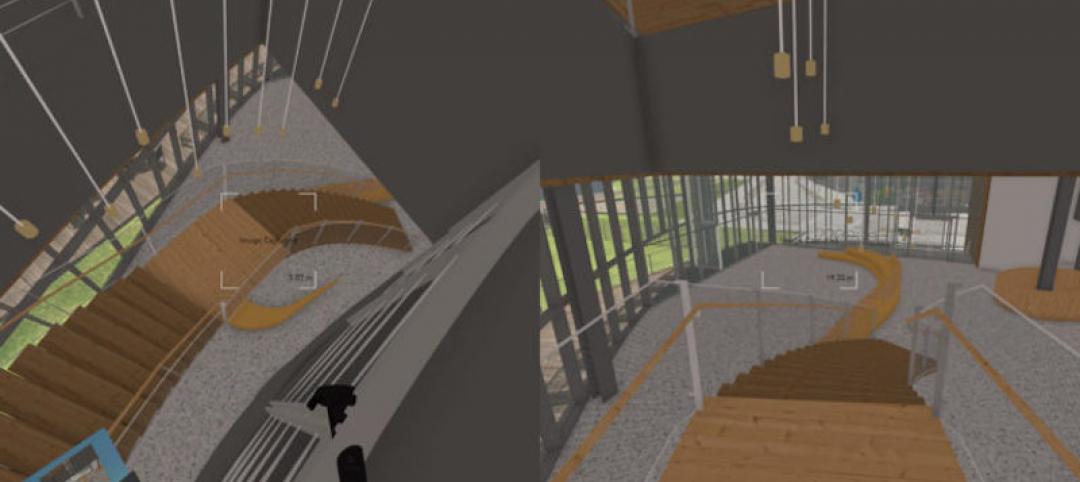Millions of people flock to ancient sites every year to feel the wonderment that comes with laying eyes on the ruins of a building or city from thousands of years ago. Viewing the ruins may be a spectacular experience for many, but it often leads people to wonder what that structure or city looked like back when it was a thriving hive of activity. Lithodomos VR, a new Melbourne-based virtual reality archaeological startup, is attempting to create a VR experience that will provide exactly that: a look at ancient cities, buildings, and artifacts as they were before eroding to ruins.
According to venturebeat.com, the company has raised $679,000 in order to create archaeologically accurate reconstructions of the ancient world in VR. These reconstructions are created using photogrammetry, texturing, and mesh modeling and stem from years of research and firsthand knowledge to create the most accurate and informative experience for the viewer.
Lithodomos VR claims to specialize in VR content for the Greek and Roman worlds. Its team is filled with individuals holding master’s degrees and PhDs in archaeology, cultural heritage management, and classical archaeology, as well as 3D artists and business professionals.
One of the projects currently available from Lithodomos VR is a reconstruction of the Arènes de Lutèce, in Paris, as it looked 2,000 years ago. Another project allows individuals to view Ancient Jerusalem as it was 2,000 years ago from four vantage points. In addition to full buildings and sites, the technology can also be used to 3D scan individual artifacts, such as a Greek coin, to give people an up-close look at something they otherwise may only be able to view behind glass at a museum.
The company believes its VR reconstructions will be useful to museums, government, education, and tour operators. The VR experiences can be viewed on the Oculus Rift, Samsung Gear VR, Google Cardboard, and many other devices.
Click here to view demos of the virtual reconstructions.
Related Stories
| May 24, 2018
Accelerate Live! talk: The rise of multi-user virtual reality
In this 15-minute talk at BD+C’s Accelerate Live! conference (May 10, 2018, Chicago), two of CannonDesign's tech leaders present their early findings from pilot testing multi-user VR technology for AEC project coordination.
Virtual Reality | May 8, 2018
‘Bespoke’ VR apps give Woods Bagot an edge in presenting design ideas
The architectural firm is finding that some clients respond quicker to proposals as a result.
Virtual Reality | Apr 13, 2018
Integrating many voices into a single vision
There’s no question that, as opposed to a top-down process, an open process is best for an office like ours.
Architects | Apr 5, 2018
Tech Report 5.0: The Human Touch
Can studying humans at a behavioral level produce better buildings? Cognitive architecture experts are working to find out.
AEC Tech | Feb 28, 2018
Nine tips to bridge the cybernetic design gap
Unlike other technologies we have seen, augmented and virtual reality are looking to have staying power in a truly disruptive way.
Virtual Reality | Nov 9, 2017
Revolutionizing school design with virtual reality
Being fully immersed into a space allows both architects and non-architects to understand and experience a project’s size, scale, scope, and learning environment.
AEC Tech | Oct 6, 2017
How professional bias can sabotage industry transformation
Professional bias can take the form of change-resistant thinking that can keep transformational or innovative ambitions at bay. Tech consultant Nate Miller presents three kinds of bias that often emerge when a professional is confronted with new technology.
Retail Centers | Jul 27, 2017
The “New Hybrid” experience: Beyond the mall
Consumers expect more from retailers and brands than ever before.
Office Buildings | Jul 20, 2017
SGA uses virtual design and construction technology to redevelop N.Y. building into modern offices
287 Park Avenue South is a nine-story Classical Revival building previously known as the United Charities Building.
Virtual Reality | Jun 28, 2017
Virtually real design
Viewing a building design in virtual reality (VR) allows contributors to better relate to the experience of viewing a detailed physical model, rather than two-dimensional renderings or animations.


